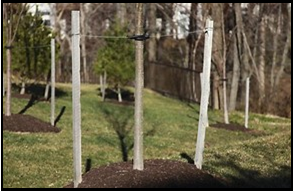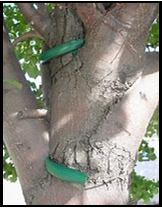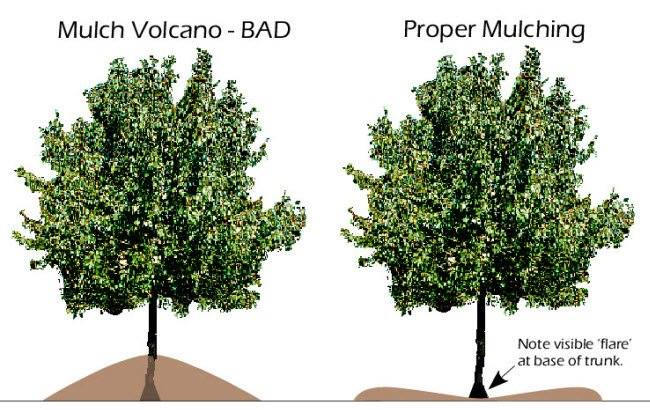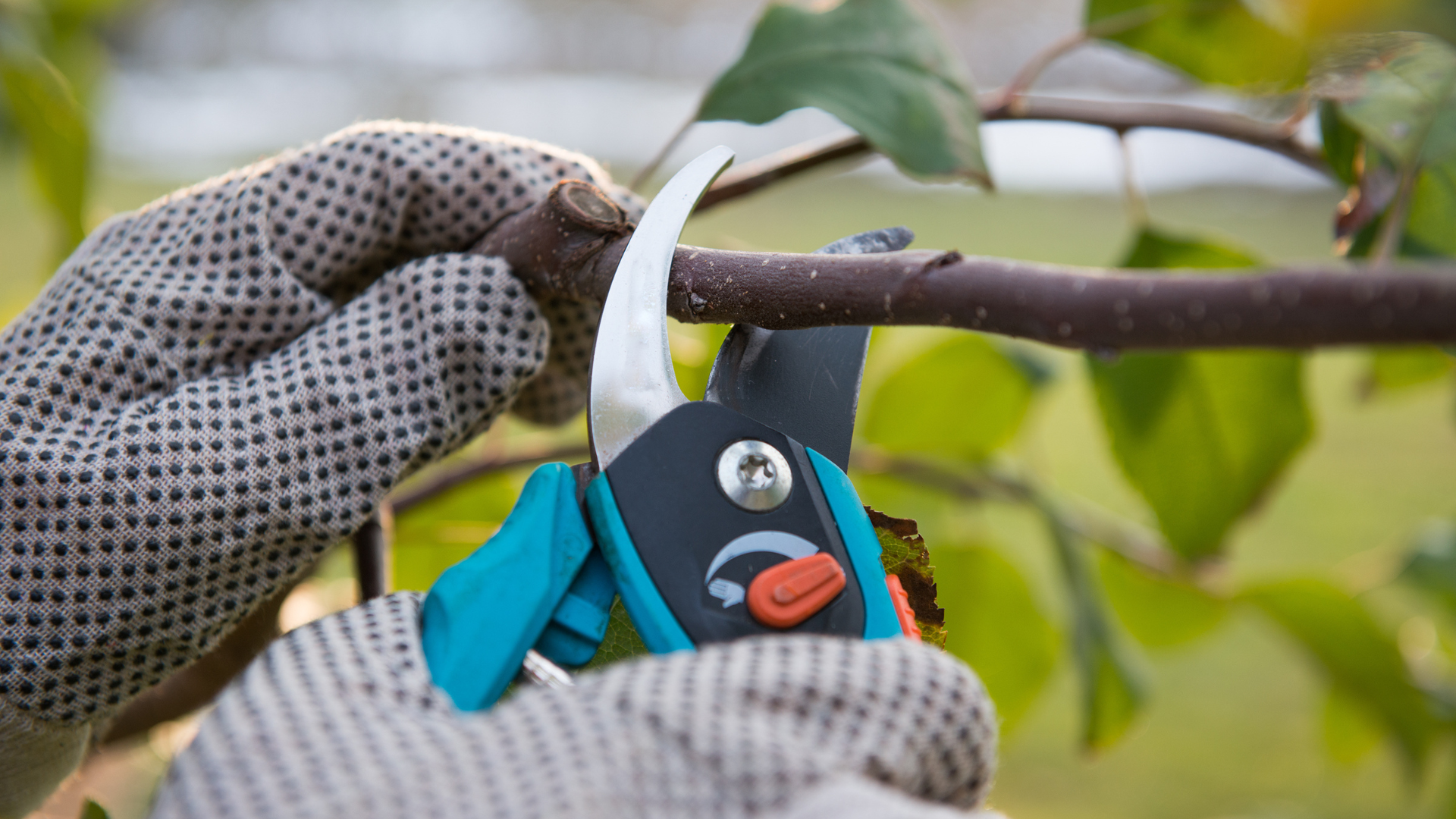- Pay Utility Bill
- Search

New Tree – Planning, Planting and Establishing
Street Tree Permit
Everyone must have a permit to plant a public street tree in Leh City. Please allow up to 5 business days for the permit process and if you have questions or trouble submitting the permit, please email parkstrees@lehi-ut.gov.
Topics on this Page
Planning and Selecting the right tree
Trees have specific requirements for sunlight, soil and climate. A tree that needs full sun will not thrive if you plant it in shade, while another that needs dry soil might die if you plant it in a wet spot.
“Full sun” means at least 6 hours each day of direct sunlight. “Partial shade” means an area receives dappled shade throughout the day, or two to four hours of direct sunlight. “Shade” means two or fewer hours of sun each day.
Make sure that your tree doesn’t cause problems as it grows. Plant trees so there is enough room for roots and branches to reach full size. Make sure that the tree won’t disrupt power lines, sidewalks and other infrastructure as it grows.
Select a site that is far enough from your neighbor’s property that the branches won’t extend into their yard. Or, talk to your neighbor about the benefits of sharing the shade from your tree as it grows.
Resources
how to plant and water new trees for success
It’s rare that you can just dig a hole, stick in a tree, and walk away with any long-term tree success. Knowing how and when to plant a tree the right way helps to ensure success. Did you know that you can plant trees anytime of the year? However, the more time you can put between when you plant a tree, and the hot summer, the better. That makes fall the very best time of year to relocate trees and shrubs or plant new ones. Early spring is a popular time as well and even in the winter if the ground is not frozen solid. Summer planting is possible but requires a bit more care for establishment. The PDF from USU Extension Forestry helps guide you through planting, watering, mulching and more.
Planting New Trees – Courtesy of USU Forestry
Click here for a basic planting video from USU extension.
Tree Care
WATERING
A light sprinkling that only wets the soil surface is not enough for trees. Water must penetrate 6 to 12 inches to reach most of the tree’s roots. Newly installed trees should be watered thoroughly at planting time and once a week through the first growing season, even into late fall. Water more often on sandy soils or during very hot, dry weather. About 10 gallons per caliper inch of the trunk per week. Each site within the landscape also may vary with soil, sun exposure etc. so watering amounts and how often may need to be adjusted on an individual basis. There’s no need to water if there’s been adequate rainfall. Overall, you want the soil to be moist but not soggy. If irrigation water is limited this summer due to drought, be sure to give adequate water to your established and mature trees or they may decline in health and die. Lawns that suffer due to lack of water can be repaired quickly; trees cannot.
Efficient irrigation for trees and shrub – Courtesy of UDU Extension Forestry
STAKING
It’s best not to stake trees. By not staking trees they develop stronger trunks and root systems.
Do stake only if:
- You are planting bare-root trees.
- Trees planted in areas with lots of foot traffic, like a sidewalk or street.
- New trees that can’t stand on their own or those that begin to lean. Taller and topped heavy tree canopies.
- If you live in a very windy area, such as high canyon winds.
How to stake a tree – Use two wooden stakes. Place your hand on the trunk and see where it needs to be steadied. That’s how tall your stakes should be. Place the two stakes opposite each other into stable soil (not the root ball and away from the trunk).
Use a soft material, like canvas strapping or tree staking straps, to attach the stakes. Allow enough slack, so the tree can naturally sway. Don’t use rope or wire, which damages the trunk
Remove the stake the following season. Stakes left on too long can cause girdling and severe damage, reducing the health of the trees, and encouraging possible hazards in the future.
MULCHING
Mulching can be one of the best things for your trees and all your plants. It retains moisture, helps to reduce weeds, regulates soil temperature, can encourage soil life for plant health and more. But if done improperly, it can be the worst thing you can do and could kill your trees.
A bed of wood chips or other coarse organic mulch around a tree greatly increases root and tree health. Maintain a mulch bed around all newly planted and existing trees that extends several feet from the trunk; the farther the turf is away from the trunk the better. Mulches should be 3 to 4 inches deep. Keeping the mulch a couple of inches away from the trunk is crucial to reduce the possibility of root or trunk decay, rodent burrowing, and insect infestations. Rocks or gravel may be used, but do not have good properties like organic mulches and can radiate extra heat. Airtight plastic sheeting should never be used around any plant. Porous weed barrier fabrics provide some weed control for a year or two, but are not much more effective than an adequate organic mulch layer and do not benefit the plants and soil life.
Picture Courtesy of Green Pal
Click here for more detailed information from USU on mulching trees.
For proper pruning techniques, visit the Tree Pruning page.
More Information
Lehi Parks Urban Forestry
385-201-2294
jessmith@lehi-ut.gov






